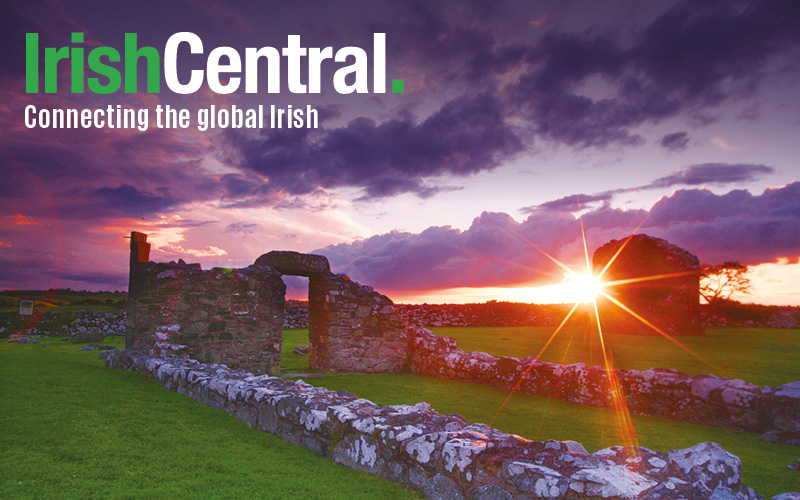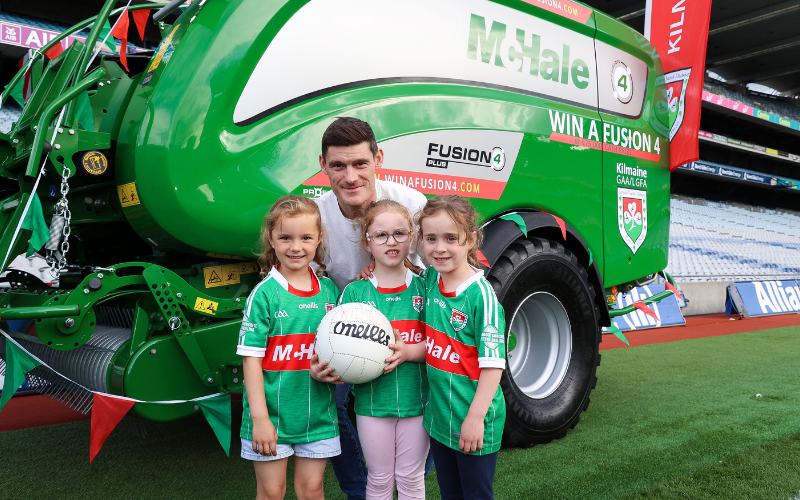I'M in a cafe in Shannon Town having a quick coffee. A little boy with his mother at the next table has a chocolate Easter egg in his hand. Together they open it, unfoiling the silvery skin. The little boy taps the egg on the table.It cracks and a bright yellow babuska-shaped container is within. The mother opens it. There is a plastic package inside.
The boy watches with starred eyes as she puts the pieces together to form a jaunty giraffe maybe two inches tall and brightly colored. Magic! I'm enthralled myself by the ingenuity of it.
The imagination of the producer is beautiful to see. Those Easter eggs, imported from Europe and cheap, are called Kinders (must be German?), and there are a wide range of toys inside the chocolate
shells. Have ye got them over there?
I'm reminded of the different kind of Easter eggs that mother Mary used give us every Easter when we were young. She would boil two saucepans of brown hen eggs, remove them from the pans when done and paint them for us.
Just a blob of paint here and there, maybe our names inscribed with school paints, presented to us in blue egg cups with fingers of toast. I can still taste them.
It was a matter of pride to eat at least two of them in those Easter mornings of long ago that came after seven Lenten weeks of abstaining from sweets and comics. And there would be a whole pile of comics and sweets to celebrate the celebratory season that was in it, and that now is upon us again.
Back home in the garden I regretfully pass by the chicken run in the back garden where murder of my two red hens (and their lovely eggs!) was committed most foully during the winter.
Cathal came down for a visit and we went to the Honk for a few pints together. He played and sang for the Honk regulars all night. It was good craic, but when I came home merry I forgot to close the
door of the coop. Just that once I forgot.
In the morning there was nothing left but a few forlorn feathers. The dog fox must have checked the door every night and was there to take his chance.
My neighbor Gerry is delivering three young laying pullets one of these fine Eastertide evenings and I will be back in business again. Nothing tastes as good as your own bright yellow organic eggs.
Easters are different nowadays. The Easter Rising is still nationally celebrated and remembered, but not at all in the overwhelming practice of the past.
Maybe that is better. We are, after all, in the year in which Sinn Fein's Gerry Adams and Martin McGuinness are among the first to powerfully condemn the recent car bomb murder of a young Catholic constable in Omagh.
We are in the year in which a minute's silence was impeccably observed at GAA matches in honor of that young constable, himself a playing member of his local club.
We are in the year in which the Queen of England is due to arrive soon for her first state visit to the Republic, in the same month as President Obama.
All is changed, changed utterly, and the beauty born of that is not the classic terrible one of the poet. Not at all.
But speaking of Easters and the changes wrought by time, I have to tell ye about an absolutely fabulous documentary currently available via podcast on RTE One about the life and wars of an amazing Irish soldier.
He spent one Easter of his youth fighting for the American Army against the Mexicans on the Texas border about 1910. His name was Michael Keogh, he was a nephew of the legendary general Keogh of the Fighting 69th, the man who died alongside Custer at Little Big Horn, and his story, as recorded in his lifelong journals, is truly incredible.
For example, he records that as a cadet he once rode the aged Irish horse Commanche, then long retired with honor. Commanche was one of only two survivors of the massacre, the other, a "half-breed" called Curley with an Irish father being the other. You have to listen to this documentary because all the elements of Michael Keogh's life as revealed in his long lost journals are
fascinating.
He was a Fenian, you see, who somehow came to fight for both the British and the Germans in the Great War and was decorated for bravery by both armies!
Later, after the German defeat, he tells how he was the officer on guard in a German barracks one night when two young Nazi recruiters came to canvass the soldiers for support for their new party. One of these was Adolf Hitler, whom Keogh recognized as an officer who had served in the same Bavarian regiment as he did. And whom he had last seen very seriously wounded with a groin wound
which he (Keogh) believed later prevented him from marrying and having a family.
At any rate, according to the journals, the embittered soldiers in the barracks turned upon the recruiters, began kicking and battering them. Keogh arrested both recruiters for their own safety and thereby created the documentary title, Did Michael Keogh Save Hitler's Life?
Sometimes, say historians, Keogh did not let the facts of his life interfere with the telling of a good story, but in this instance they have proved that Hitler and Keogh were indeed in the same barracks on the same date!
I'll say no more except that if you only dabble occasionally in the world of podcasts then this is a fascinating story not to be missed. One way or other Michael Keogh, son of a Carlow merchant, with many surviving relations, lived an amazing and complex life. I've just signed up to do a weekend beekeeping course. By next Easter, if things go well, I will be able to produce from the garden not alone genuine Easter eggs but also golden honey.
Or else I'll be stung to death in East Clare in a matter of hours...




Comments